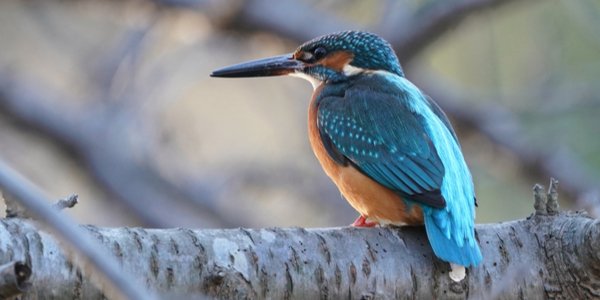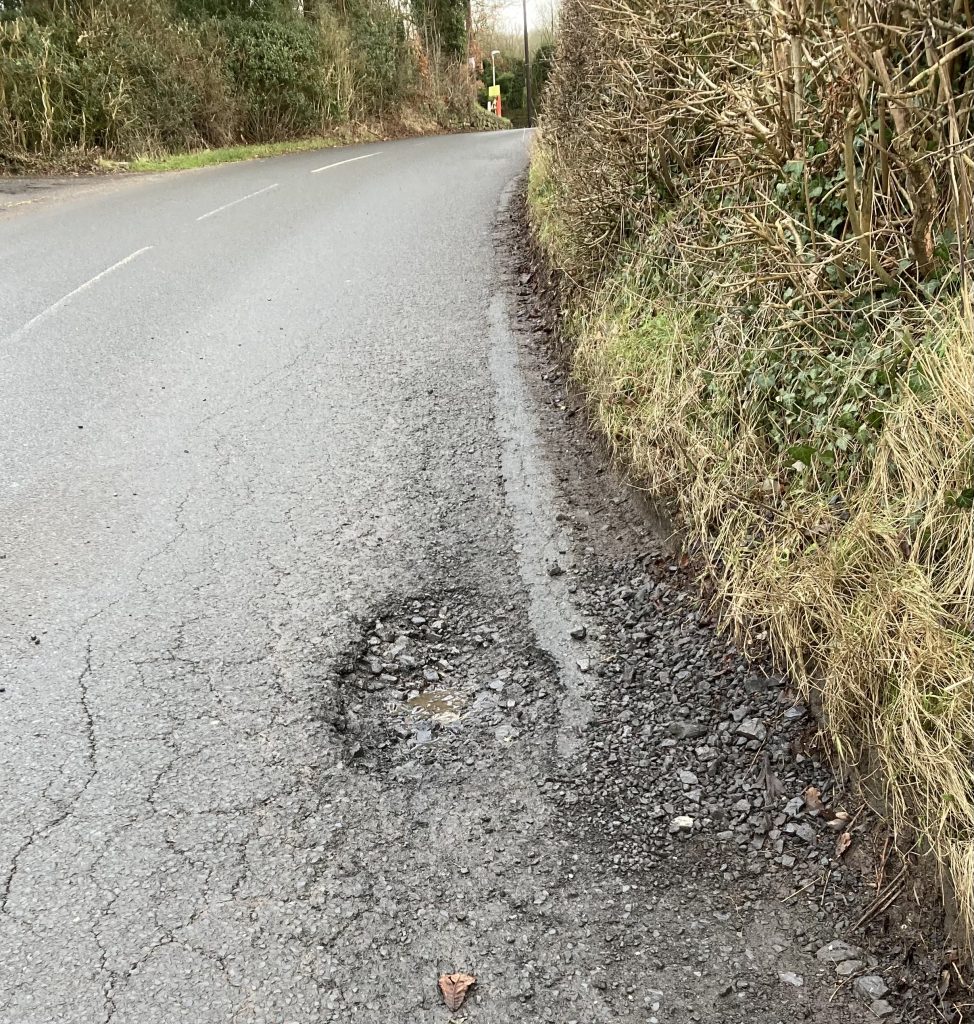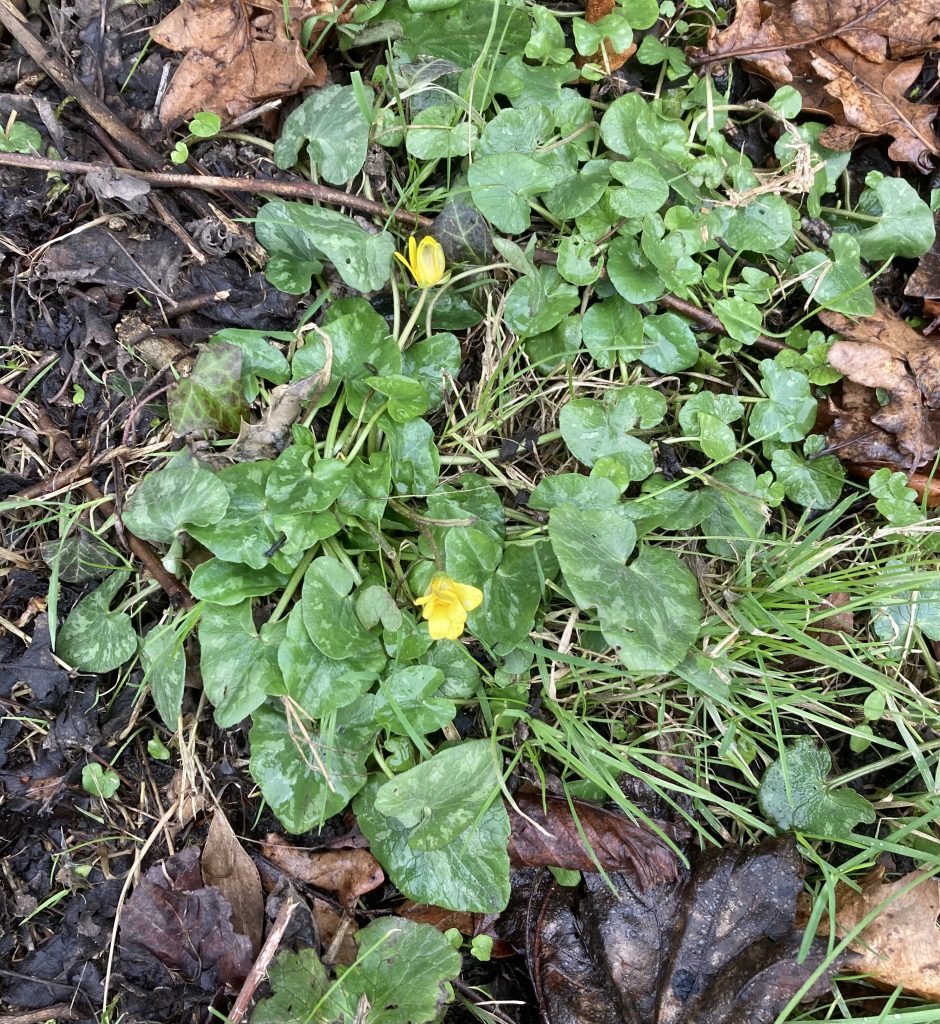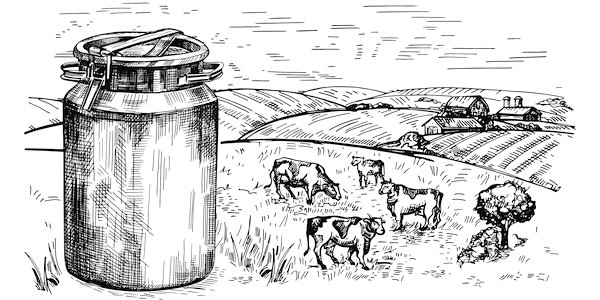While Notes from the Sticks is having a short break, we are repeating some previous columns. This was first published on February 13, 2022.
UNTIL a few weeks ago, all I had seen of kingfishers was a very occasional bright blue streak flying low and fast over water. Then one appeared on a rock in our stream with a fish in its beak. It proceeded to wallop the fish on the rock. If it wasn’t dead after the first strike, which I am sure it was, it would have been after the thirtieth. It was then fit to eat and was swallowed whole.
The scene was a bit too far off to get a picture but I found this video of a kingfisher giving the same treatment to its catch.
The common kingfisher (Alcedo atthis) has a vast range covering Europe, Asia, and North Africa. It is resident in mild climates (which includes Britain) but migrates south from areas where rivers freeze in winter.

I find the shape of the kingfisher less than graceful with its big head and dumpy body, but the colour! It looks as if it is lit from within. This is a due to a fascinating phenomenon called ‘non-iridescent structural colour’. The pigments in the kingfisher’s feathers are brown, but because of the cellular structure of the feathers, your eyes see them as a brilliant blue. (A peacock’s feathers are an example of ‘iridescent structural colour’, which means that the bright colours are perceived only from certain angles.) Structural colour was first observed by English scientist Robert Hooke in 1665, and it is now a major field of research to achieve long-lasting colours which do not depend on pigment, which tends to deteriorate. You can read all about it here.
Kingfishers typically perch above lakes or slow-moving water. Here is a film from Ireland showing the fishing technique.
They are solitary except during the breeding season and highly territorial. I believe each bird requires about a mile of water.
I was pleased to learn that there is an Irish saying: ‘Only the righteous see the kingfisher’.
***
I know I must seem to be bordering on the obsessive about the potholes in our country road, but this week Lancashire County Council have excelled themselves. I have shown this pothole before, yards from one that was filled a few weeks ago.

After the attentions of the highways department, this is it now (the picture is taken from the other side but I promise you it is the same hole). This is the only hole in a mile of road that has been filled this week.

It’s surreal, isn’t it?
***
More signs of spring despite the bone-chilling cold: roadside snowdrops (not quite fully out) with Pendle Hill in the background, lesser celandines (Ficaria verna) which have the alternative name of pilewort (you will have guessed what they were used to treat) and lords and ladies (Arum maculatum).




